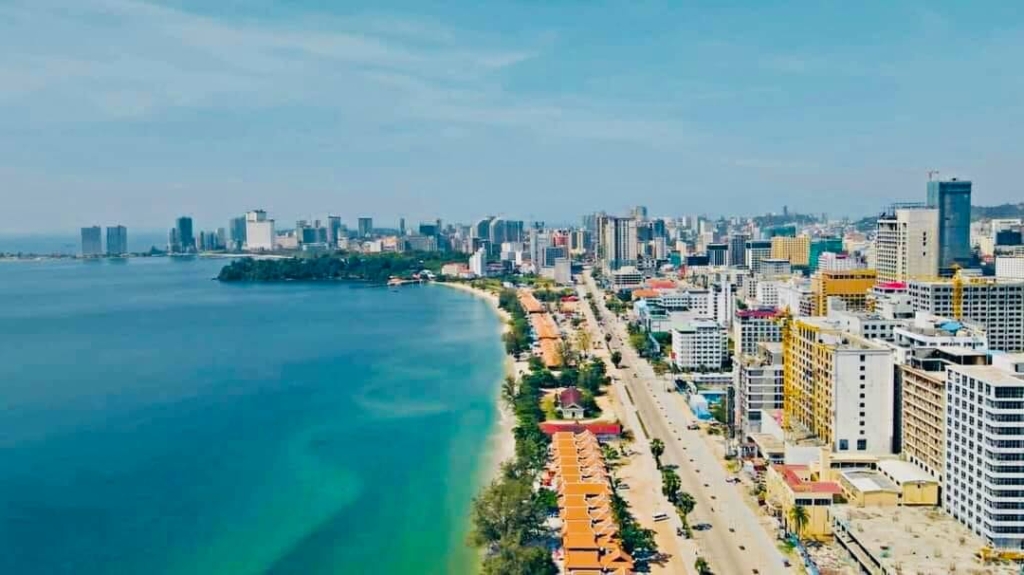4 minutes reading
How to Transfer Land Titles in Cambodia
Anyone considering purchasing a land plot or landed property such as a villa in Cambodia should have an understanding of how property ownership is regulated. In short, a document called a Title clarifies who the legal owner of a piece of property is. To own property, you need to obtain a title with your name on it. In Cambodia, property ownership is protected under the 2001 Land Law and by the Constitution.
Possession or Ownership?
If you are a foreigner, please read our guide: How can foreigners buy land legally in Cambodia?
Presently there are two documents that evidence the right to either own or possess property in Cambodia. The so-called “Soft Title” is a Letter of Possessory Right and is issued by the Sangkat (commune) or Khan (village) chief, and it is not registered at the Land Office. A soft title is not a secure method of land ownership, it is only a proof of possession. Once a person has had peaceful and uncontested possession and usage of a piece of land for at least 5 years, they can request a title of ownership, also known as “Hard Title”. A Hard Title is a Certificate of Title issued by the Ministry of Land Management, Urban Planning, Construction (the “Land Office”), and it is proof of ownership.
We do not recommend our clients purchase a property with a soft title unless the Land Office confirms that it can change into a hard title. Here is detailed information on ownership document types in Cambodia. We only recommend hard titles and LMAP titles for land in this respect.

Steps to Transfer Title
When purchasing land, the goal is clear and outright ownership. This will give you legal security, whether you plan to keep the property in your family for several generations or you want a simple and efficient transaction when you sell the property after a few years.
Time needed: 90 days
The steps to transfer a hard title in Cambodia
- Due Diligence and Verify the Title Certificate
This step helps to verify two things, firstly that the seller is indeed the owner of the property and possesses clear title. The buyer will obtain the original title certificate from the seller and take it to the Ministry of Land Management, Urban Planning and Construction (MLMUPC or the “Land Office”). The process takes a few days.
The Land Office will inform the buyer if there are any liens (debts), mortgages (hypothecs), block notices, or other claims against the property.
With regards to liens and mortgages, these are usually liquidated at the point of sale. In other words, the purchase price paid to the seller will be used to pay off any liens or mortgages. In the event of any claims against the property e.g. legal disputes of ownership, this can be something that will hinder the sale from going through. Be careful about heritage and legacy issues. You do not want to get involved in the seller’s family, business, or other legal disputes! - Obtain Information on the Property
In this step, the buyer approaches the local Khan (village) or Sangkat (Commune) Office to conduct an official search of the title to find all local records related to the property. This step will reveal any rental or lease situations.
This step might uncover any local disputes regarding the property, any confusion, or local disputes regarding the demarcation of the property or construction. In case the bad news is uncovered at this stage, you should work with the seller, and a lawyer, to resolve any problems before going through with the transaction, i.e., discussing solutions with the tenant or other parties.
This step may be completed within a day.
IMPORTANT: To save time in the title transfer process, Steps 1, and 2 should be undertaken simultaneously!
- Obtain Information about the Seller
You must identify the person or the entity that you are purchasing the property from. If you are purchasing the property from a person, you need a copy of their identity document. If you are purchasing the property from a company, you need information about the company such as their Certificate of Incorporation issued by the Ministry of Commerce. Also, when purchasing a property from a company, you will usually deal with a representative of that company. The representative must prove that they are the legal representative of the company in the form of a special power of attorney, which is a resolution by the Board of Directors authorizing the named individual to act on their behalf before the MLMUPC.
• If buyer/ seller is a company, then a shareholder resolution and three (3) certified copies of the ID card of the authorized representative (Khmer national) are required. Any foreign shareholders must provide three (3) certified copies of their passports.
• If the buyer/ seller is an individual then three (3) certified copies of the ID card are required.
• If the buyer/ seller is an individual foreigner with Cambodian citizenship, then (3) certified copies of the ID card and a certified copy of the Royal Decree granting citizenship are required. (source)
This step can be done at the time of signing a deposit agreement. - Apply for Registration at the District Land Office of the MLMUPC
After completing Steps 1 – 3, the buyer and seller must go together to the District Land Office to arrange, prepare, and sign the relevant documents. The buyer and seller sign a Vente Definite and official transfer document: deed to have the buyer’s name inserted onto the Title Certificate and register it. If the seller is a married individual, then you’ll need permission from his/her spouse as well.
- Pay Transfer Tax
A transfer tax of approximately 4% of the total value of the property must now be paid to the Ministry of Economy and Finance at the General Department of Taxation before the title can be transferred. This step is completed at the General Department of Taxation in the district where the property is located. A tax receipt is issued as proof that the transfer tax is paid. This step should take no longer than 1 day to complete.
If you are purchasing a property in Phnom Penh, be aware that transfer tax is not assessed on the transacted value of the property but rather on a schedule of the price of the property as determined by the Phnom Penh Municipality. This valuation is based on the size of the property, its location, use, potential use, and other variables. As a result, the transfer tax rate in Phnom Penh is typically higher than in other provinces. - Return to the District Land Office of the MLMUPC
After the relevant taxes are paid, the buyer and seller return to the cadastral office at the District Land Office of the MLMUPC to sign, and thumbprint, the relevant form for buying/selling real property as filled in by the MLMUPC official based on the information provided in the prior steps. The signing and thumbprints are witnessed by a local authority such as the commune chief who will also sign and thumbprint the document.
- Obtaining the Certificate of Title from the Municipal Land Office
Finally, with this step, you will complete the transfer of title. After the Khan or District Land Office has forwarded all the transfer documents (all the documents described in the above steps) to the Municipal Land Office, the Municipal Land Offices issues the final Certificate of Title in the new owner’s name. The property is now registered in your name and the title has been transferred.
The whole transfer process should take 3-6 months.
Contact us if you would like us to complete these steps for you.







